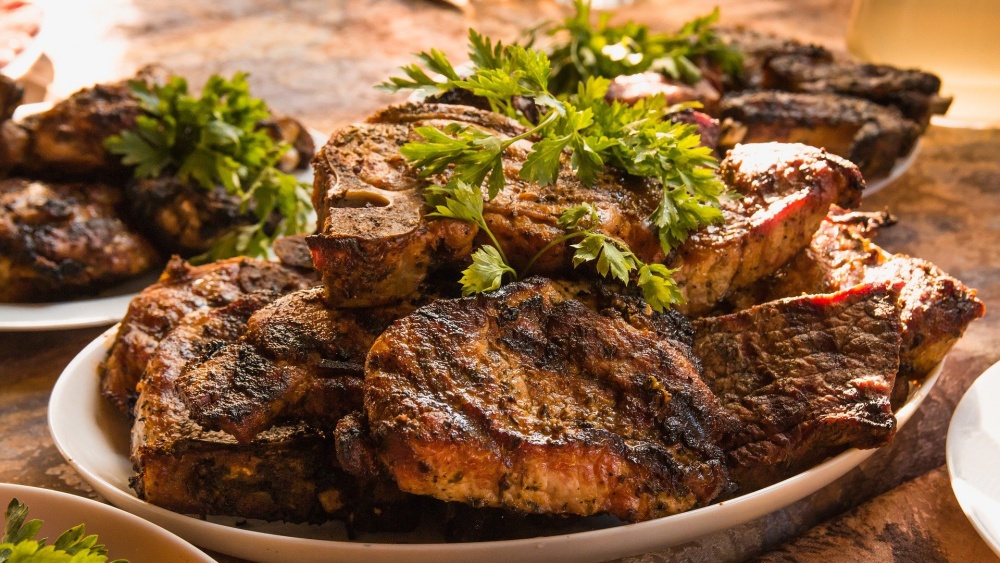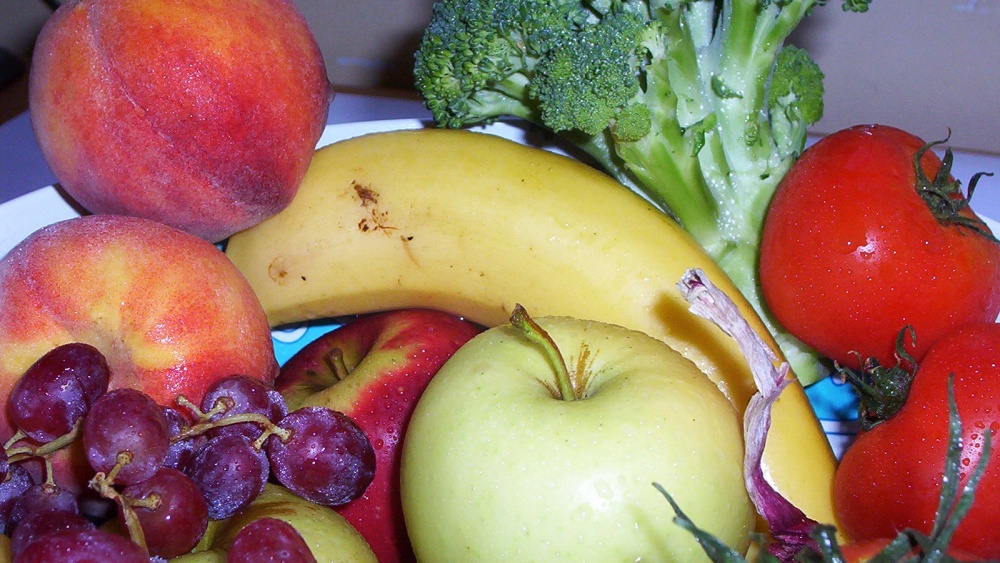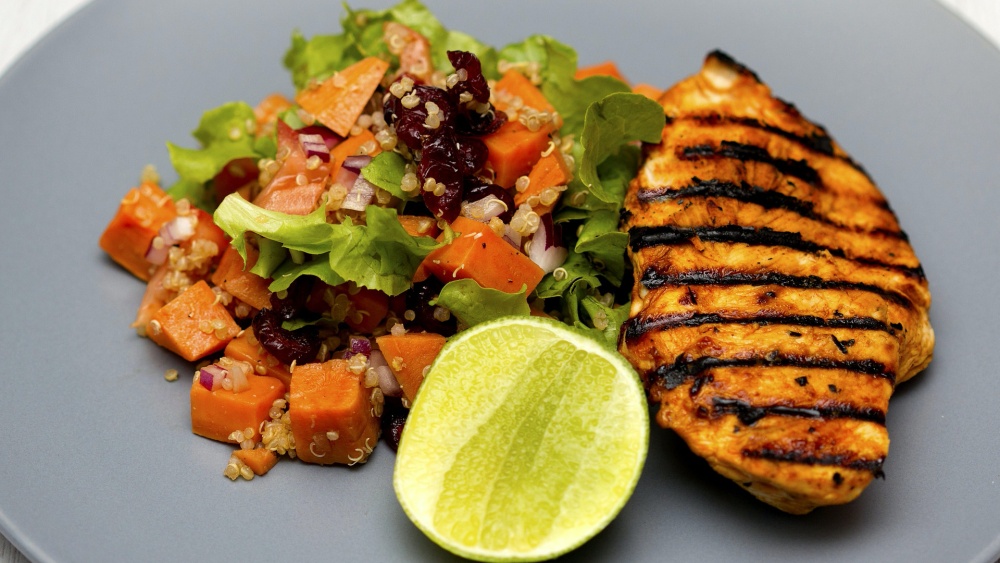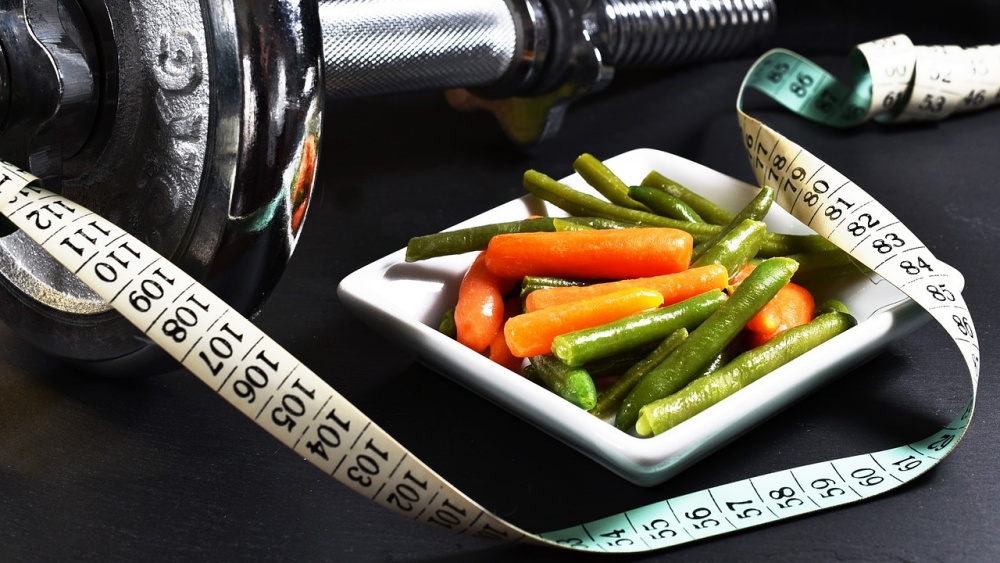Intermittent fasting is just that: Fasting at regular intervals for health or weight loss purposes. This eating pattern has many variations, depending on the length and frequency of the fast.
The concept and practice of intermittent fasting precede the coining of the term. In days of yore, streaming services and 24-hour television were little more than futuristic ideas. The population was far more active than the people of the internet age. It follows that people of days past probably burned more calories throughout their workdays. They also slept earlier and routinely caught seven or eight hours of continuous sleep, a form of intermittent fasting.
Keep going to learn about intermittent fasting, how it works and what it can do for you.
How Intermittent Fasting Works
You do an intermittent fast by pausing your food intake for several hours. The fast cuts off your supply of near-instant blood glucose, forcing the body to get its fuel from storage. In this case, storage means fat deposits that your body turns to when calorie supplies run low.
The consistent burning of fat deposits has health benefits like weight loss and lowering your risk of a wide range of diseases.
Intermittent Fasting And Weight Loss
Cutting your calorie intake regularly trains the body to burn fat when it runs out of ready blood glucose. Over time, the body’s metabolism turns to fat burning within a few hours of a fast.
Intermittent fasting also provides benefits like improved insulin response and better blood sugar control. This means that the eating pattern helps to prevent conditions like diabetes. It can also reverse insulin resistance in pre-diabetics, and it’s an effective way to lose weight. Lastly, regular fasting will gradually decrease the amount of food your stomach needs to ‘feel’ full. You get a permanent life hack for portion control.
Weight loss from intermittent fasting comes down to the foods you eat. This eating pattern does not impose a strict diet, but it pays to choose low-calorie, nutrient-rich foods. The good news is that you don’t have to starve yourself or make complex changes to stick to start IF.
Intermittent Fasting And Safety
Intermittent fasting is not for everyone, much less people with specific health issues like:
- Pregnant and breastfeeding women
- People with a history of eating disorders
- Anyone recovering from an illness or medical procedure should stay away from diets and fasts
- Diabetics
- Patients on certain types of medication (or some other form of treatment)
- People under the age of 18
- Patients with nutritional deficiencies
- Anyone with a chronic illness or disorder, including mental health issues
- People with schedules that change from one day to the next
- Intuitive eaters who prefer to eat when their body’s natural hunger sets in
People dealing with any of the issues listed above should consult a physician before they start fasting. For them, going without food for extended periods could be harmful. This is why it’s essential to check in with your doctor before adjusting your eating patterns.
The physician may take it a step further and provide input on the lifestyle changes that would work best for your situation.
Different Kinds Of Intermittent Fasting
There’s no one-size-fits-all eating pattern when it comes to intermittent fasting. Different fasts vary in length and frequency. Fasts also vary in their timing and the types of macro-nutrients that go into the diet.
Still, some guidelines hold for every type of intermittent fast. First, it’s more about when you eat than what or how much you eat. That said, good nutrition and portion control matter a great deal with intermittent fasts.
The following sections detail how different fasts work and the convenience and difficulty level of each type of fast.
1) The Warrior Diet
This eating pattern focuses on limiting the number of calories you take in during the ‘fast’ period. It works by allowing for small portions of fruits and raw vegetables during the daytime. At night, you eat a filling, nutritious meal that is rich in protein. After this single evening meal, you stick to zero-calorie liquids until morning.
The warrior diet is an excellent way to build up the experience you need to execute other types of intermittent fasts.
2) Daily Fasts (Eating Pattern With Time Restrictions)
This type of fast requires you to stay away from solid foods for at least eight hours a day. The typical daily fast lasts between twelve and sixteen hours.
You can make the fast go faster by incorporating sleep into it. Clever scheduling can shave off at least eight hours from the tranche of time where you have to exercise your willpower. Here are some variations of this type of intermittent fast:
The 12-hour Fast
This is a relatively easy fast to stick with, especially if you choose to eat during the day and fast at night. You can break your fast (guess we know the origin of the word breakfast now) at 7 A.M. After having your breakfast, you can eat healthy meals and snacks until 7 P.M. At this point, you limit yourself to water and other zero-calorie drinks.
Start the fast anytime you want, just so long as you stick to the 12-hour rule. Sleep should eat away at the bulk of the 12-hour fast, so this is a good argument for sleeping early. If you have to sleep late, you can start the fast as late as 11 at night and stop at 11 in the morning.
The 16-hour Fast (16:8 Intermittent Fast)
This works a lot like the 12-hour fast, except you only get eight hours for your meals and snacks.
Again, work your sleeping hours into the fast period to make this new lifestyle change easier on yourself. You should ease into the 16:8 fast by fasting for four hours, then graduating to eight hours. Once you master the 1-hour fast, you can now move to a more demanding eating pattern.
3) The 5:2 Intermittent Fast
For five days a week, you can follow your regular meal schedule. You get to eat every one of your healthy meals without fasting. On two days of your choosing, limit your food intake to 500 or 600 calories a day. This is how you execute the 5:2 intermittent fast weekly: limiting your caloric intake for two days out of seven.
4) Eat-Stop-Eat
https://www.youtube.com/watch?v=LMjztfDJdd0
This is a 24-hour fast that you do once or twice a week, and you can look at it as a progression of the 5:2 fast.
It bears mentioning that the daily fast does a better job at training the body to prioritize burning fat when it runs out of blood sugar. The consistency of fasting daily also causes you and your physiology to develop a ‘habit’ of burning fat when the body’s blood glucose supply drops off.
5) Alternate-Day Fasting
As the name suggests, this eating pattern requires you to fast on alternate days. It is more consistent than the eat-stop-eat fast. This consistent eating pattern will train your body to burn fat and cleanse itself routinely.
Nutrition And Intermittent Fasting
The appeal of intermittent fasting is that you don’t have to count every single calorie you take in. You also don’t have to follow some super-special diet or eat unappetizing food.
Intermittent fasting lets you eat a relatively ‘normal’ and enjoyable diet. The only thing you have to work on is portion control and choosing nutritious foods. It also helps to choose filling foods that keep the hunger pangs away during the fast period.
Different Food Groups And How They Help With Intermittent Fasting
Time to go over the nutrients and food groups you should include in your meals and snacks. Each food group plays a role in the success of your intermittent fast.
Complex Carbohydrates

Adopt whole grains as your source of complex carbohydrates and fiber. Whole wheat is an excellent example of a whole grain, and it’s an option for people who are okay with gluten. Other whole grains like brown rice, barley, oats, millet, quinoa, buckwheat, and sorghum are also healthy sources of complex carbs.
These grains are filling, so they keep your stomach from rumbling as you fast. They also keep your blood sugar levels from dipping, which provides the energy you need until your next meal. Complex carbohydrates carry valuable nutrients like magnesium, manganese, iron, zinc, potassium, and B vitamins.
Healthy Fats

Like complex carbs, healthy fats provide a steady energy supply during your fast. This slow-release energy source keeps your blood sugar levels from dipping during your fast.
You can add three tablespoons of healthy fats to the last meal before your fast. Alternatively, you can eat a slice of avocado or nuts with high oil content. Get your healthy fats from avocado oil, olive oil, coconut oil, or canola.
Proteins

Like complex carbs, proteins fill you up in preparation for your fast. This group of nutrients also provides the supplies your body needs to repair and build muscle tissues. The happy result is that intermittent fasting eliminates excess fat while keeping muscles intact. Plant-based proteins are also a source of fiber, and they go the extra mile towards filling you up.
Examples of healthful protein sources are:
- Lean meat
- Fish
- Eggs
- Lentils like beans, peas, peanuts, and chickpeas
Vitamins

Vitamins perform hundreds of housekeeping tasks that keep your body functional and healthy. This category of nutrients boosts immunity and removes toxins from the body. Vitamins also help with cell repair and healing. You need all these housekeeping functions to run smoothly when using intermittent fasting.
Lastly, some vitamins help to break down fat stores in the body, which is good for weight loss.
Fruits and vegetables are rich sources of vitamins, along with whole grains, plant proteins, and animal protein. Foods rich in vitamins also tend to be filling and rich in fiber, qualities that improve the outcome of an intermittent fast.
Portion Sizes
Each type of intermittent fast has its unique eating pattern, so portion sizes will vary. Still, there are general rules that hold no matter which type of fast you choose:
- Fuel up for the fast period by eating healthy, nutrient-rich meals
- Eat enough to get you through the fast
- Consume light snacks in between meals and use these to supply the body with nutrients
It bears mentioning that portion sizes will vary from one individual to the next. As you start your first ever intermittent fast, eat filling portions. You can adjust the portions downwards (within reason) as you get accustomed to fasting.
Avoid starving yourself with unreasonably small portions because this could be harmful to your health.
Nutrition And Timing
Eat your heaviest meals right before and right after the fasting period. For people doing a daily fast on a nine-to-five routine, this means breakfast and dinner. As you prepare for the fast, you can eat light meals or snacks every three hours, right up to the meal that leads into the fast.
Example of a meal plan for intermittent fasting
Anyone who does intermittent fasting daily should choose readily available foods. Here is an example of a meal plan with common foods:

You can start your day off with foods like, eggs, lettuce, and cucumber. Add oatmeal or wholemeal bread to take care of the carbs aspect of your meal. Wash it all down with a glass of fruit juice or some fruit slices to add extra vitamins to the meal.
Snacks

You can make a handful of your own DIY trail mix with nuts, raisins, and berries. Yogurt with fruit in it also works. Whatever snack you choose, let it be healthy as well as tasty.
Lunch Or Dinner

Lean meat or fish are filling, and they will keep you going for long hours without a peep from your stomach. Accompany the protein with vegetables and a complex carbohydrate. Treat yourself to a dessert that packs some nutrients.
Hydration

Stay hydrated at all times, especially during the fast. Water works great, as do green teas, coffee, and other zero-calorie drinks.
Intermittent fasting works if you choose the right foods and control your portion sizes. The trick to a successful eating pattern is to start small and build on your progress. You should see an improvement in overall health in a matter of weeks.
Pointers For Successful Intermittent Fasting
You’ve already started charting your path to a successful fast by reading this. Research helps you determine how intermittent fasting works and if the diet plan is a good fit for your lifestyle. You also use the information you find to pick a diet plan that complements your daily routine, personality, and health status. Now use the following tips to help you stick to the fast of your choosing:
It’s A Good Idea To Consult The Professionals
Your doctor can provide insights that will help you choose and adopt an intermittent fasting style that’s easy on your body. You can also consult a nutritionist to help you create a meal plan that you can stick with, both in the short and medium terms.
Ease Yourself Into The Fast
Try a four-hour fast for a week instead of jumping into the deep end with a 24-hour fast. Graduate to an eight-hour fast and stick with that for a week or two. Keep making small increments until you settle on a fast that you can adhere to in the long term.
Keep Tabs On Yourself

Note how your body responds to intermittent fasting by logging how you feel in a journal. These notes will help you make adjustments to different aspects of your fast. It’s okay to tweak the timing and portion sizes of your eating plan until your body responds positively.
Don’t Starve Yourself And Don’t Overeat

Starving yourself is the easiest way to fall off the proverbial wagon. Portion control means eating enough to get you through whatever fast you choose without overeating. Keeping tabs on how your body behaves will help you figure out the ideal meal sizes for you.
Substitute Junk Food With Tasty But Healthy Alternatives

You can indulge your sweet tooth with berries and oranges instead of candy. Use fish or lean meat to satisfy a craving for fast food and salty snacks.
If you season it right, healthy food will taste so good that it will rewire your brain to forget about fast food. This means that herbs and spices should become your new best friend.
A Diet Plan That Could Work For You

There’s enough information here to help you make a beneficial lifestyle change. Does intermittent fasting look like the kind of diet you can get behind? Give it a shot and find out for yourself.
You may also like:
















